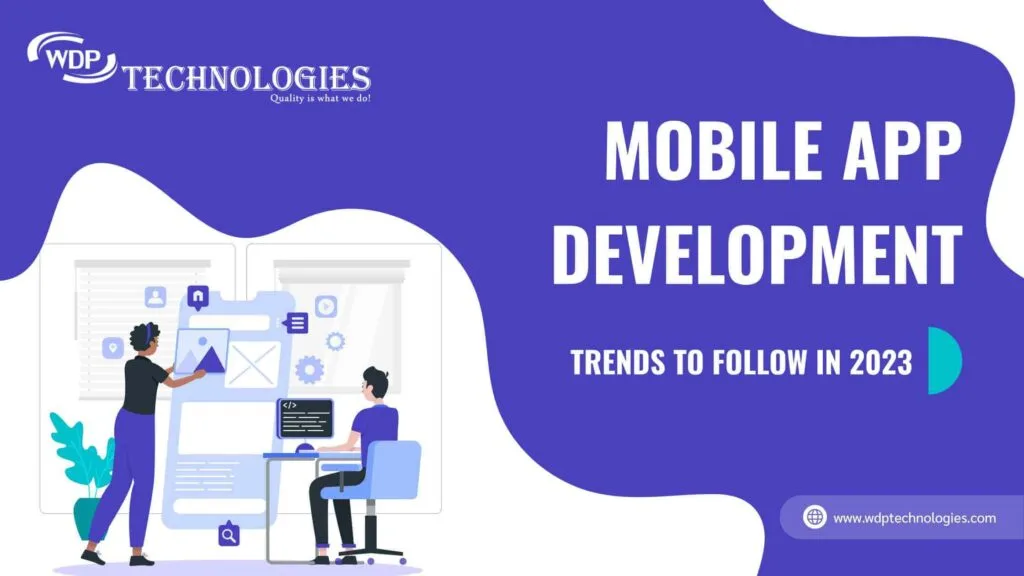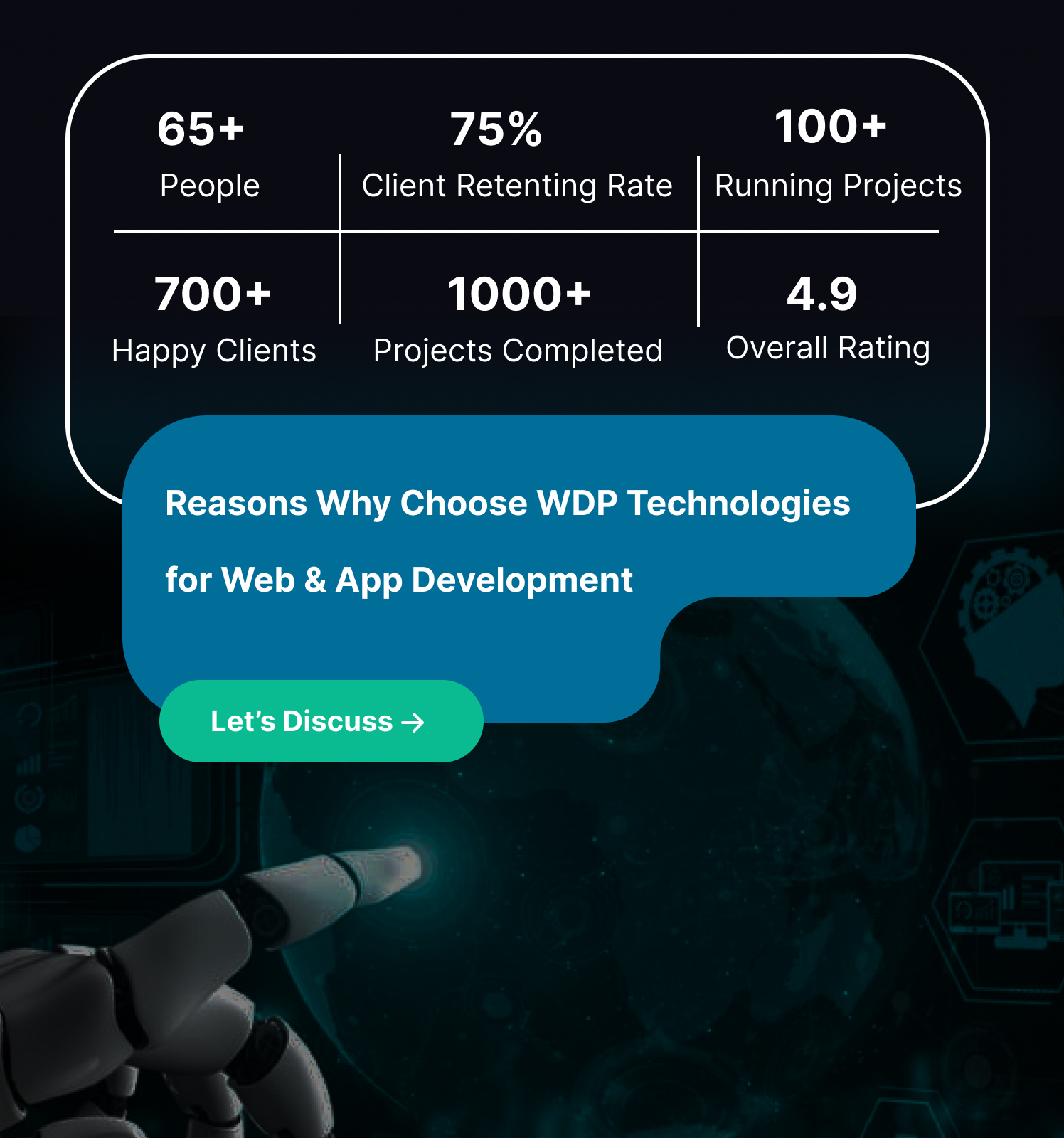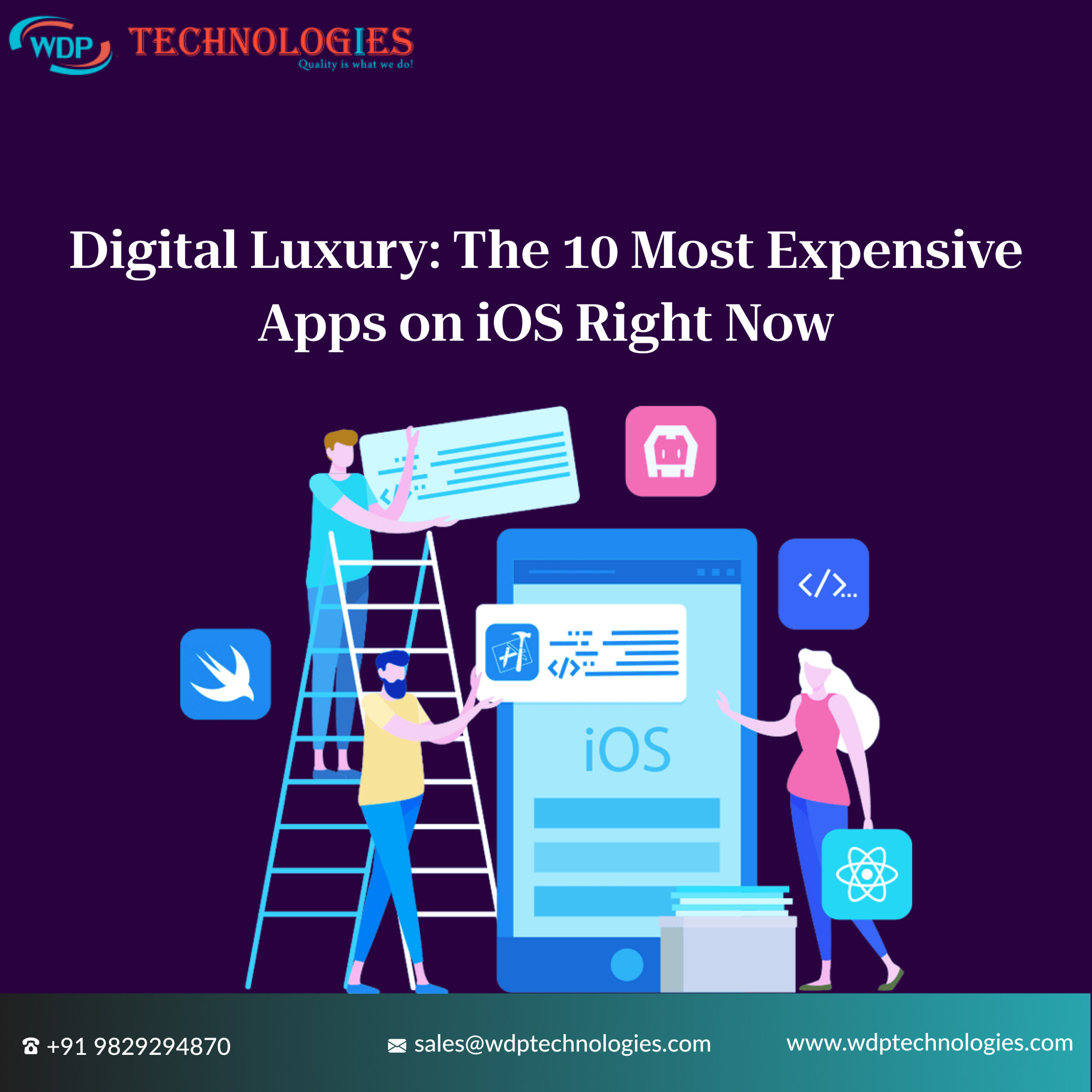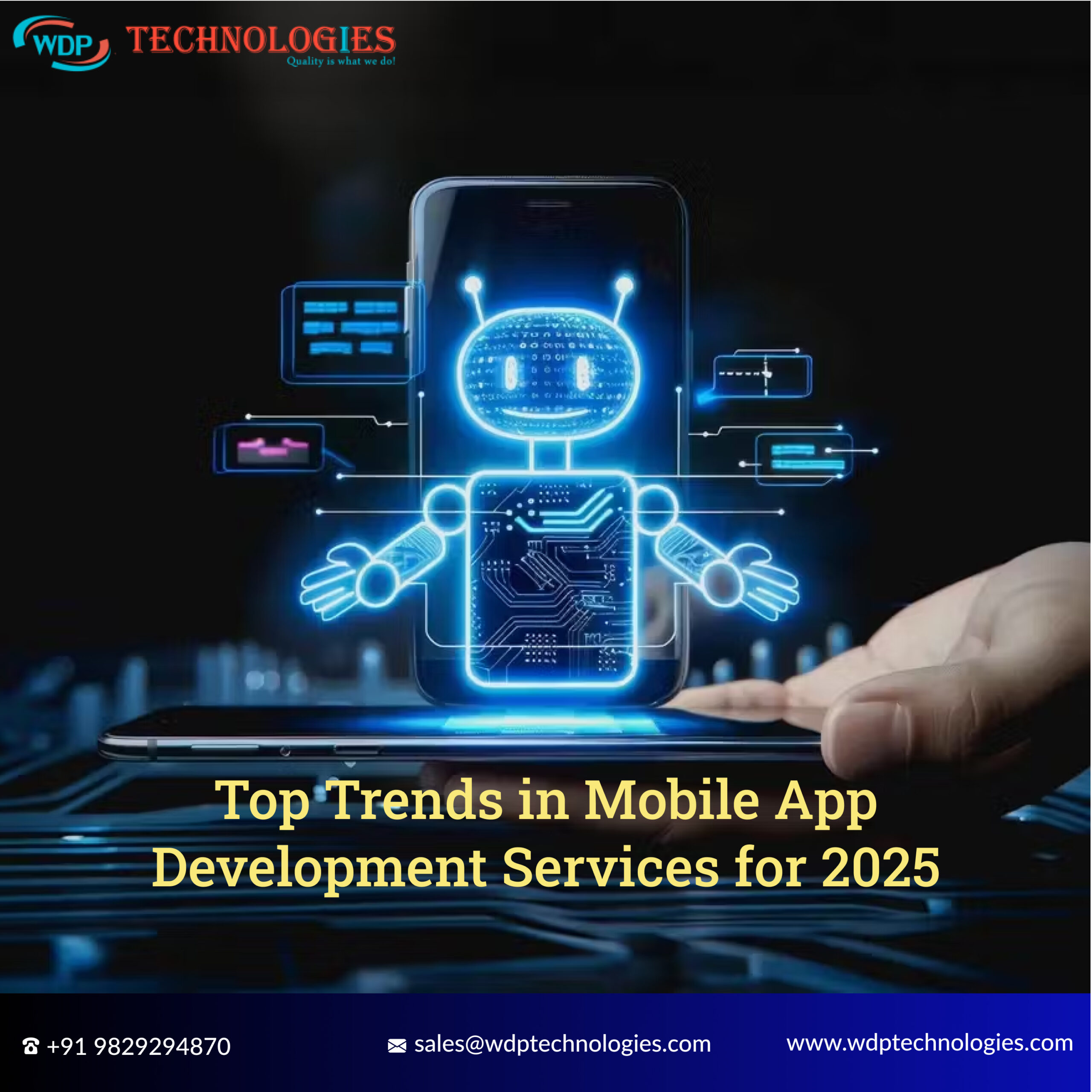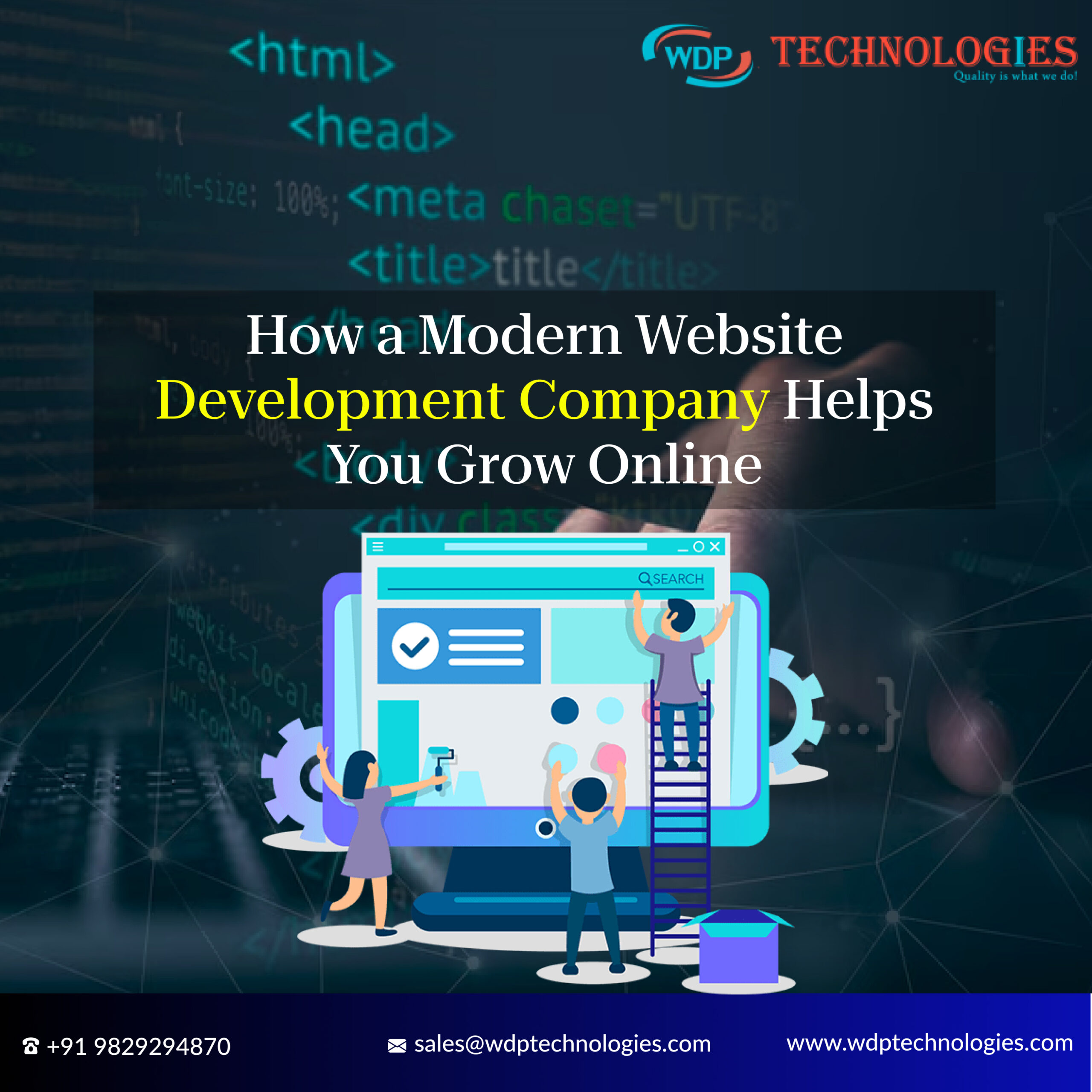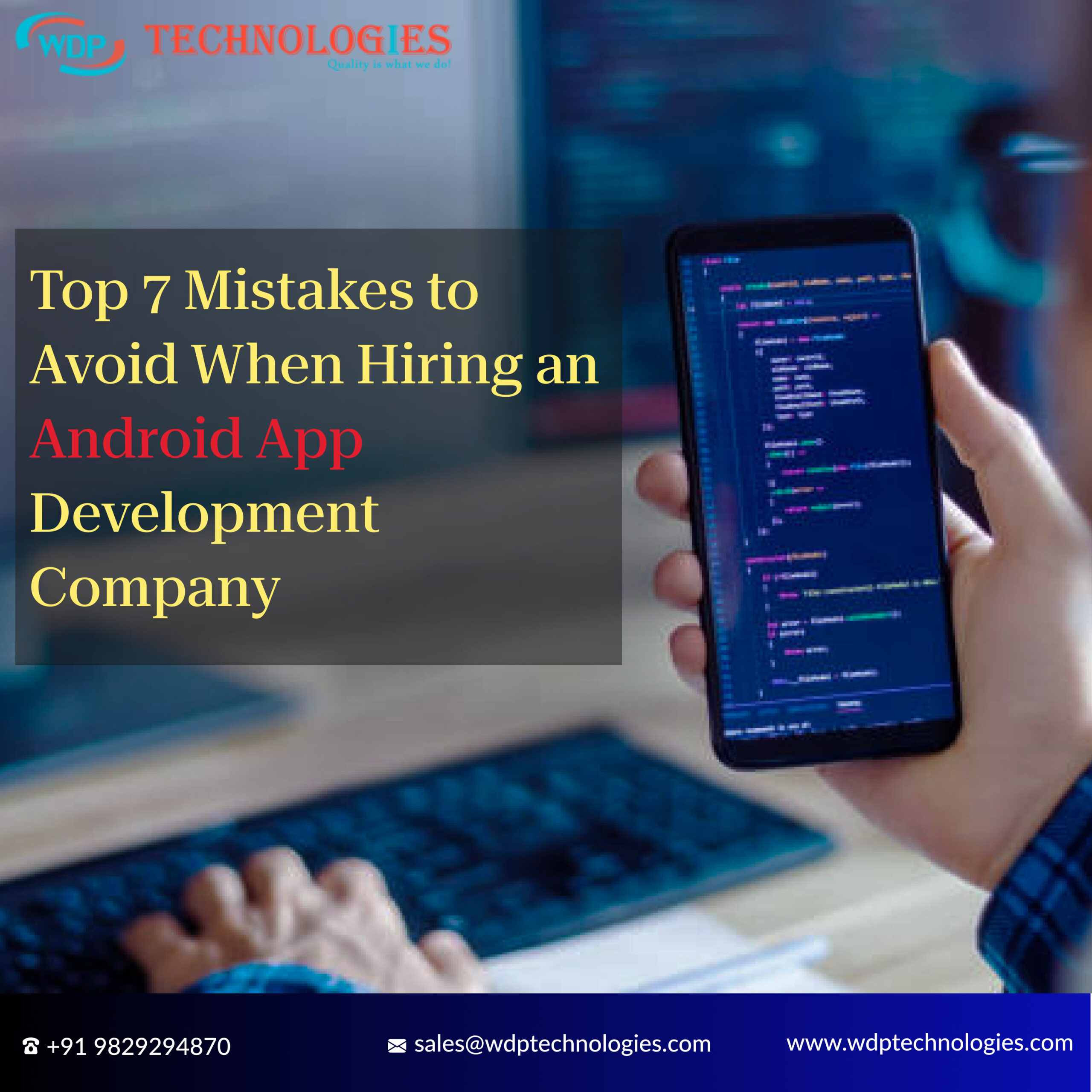In the fast-paced world of technology, mobile app development continues to evolve and shape the way we interact with our devices. As we step into 2023, it’s crucial for businesses and developers to stay updated on the latest trends to create engaging, innovative, and user-friendly mobile applications. In this blog, we will delve into 15 prominent mobile app development trends that are shaping the industry and revolutionizing the way we interact with mobile applications. From emerging technologies to design principles, these trends offer insights into the future of app development.
What are the Top Mobile App Development Trends in 2023?
After conducting comprehensive and fact-based research, we have identified the top 15 emerging trends in mobile app development 2023. These trends encompass various aspects of app development, ranging from technological advancements to user experience enhancements. By embracing these trends, businesses and developers can stay ahead of the curve and deliver innovative, user-friendly mobile applications.
1. Embracing Cross-Platform Development
In an increasingly fragmented mobile landscape, cross-platform development has gained traction. Developers are leveraging frameworks like React Native and Flutter to build apps that run seamlessly on multiple platforms. This trend reduces development time and costs while ensuring wider audience reach. By sharing a single codebase, developers can maintain consistency across different platforms and devices, making updates and bug fixes more efficient.
2. Cloud Integration for Scalability
Cloud integration empowers mobile apps with scalability, flexibility, and improved performance. By leveraging cloud services like Amazon Web Services (AWS) and Google Cloud, developers can store and retrieve data, host applications, and ensure smooth app operation across different devices and platforms. Cloud integration also enables automatic scaling of resources based on demand, allowing apps to handle heavy traffic without compromising performance. Moreover, cloud storage ensures data redundancy and backup, minimizing the risk of data loss.
3. Integration of Voice User Interface (VUI)
Voice assistants have become an integral part of users’ lives. Integrating voice capabilities into mobile apps allows for hands-free interactions and enhanced accessibility. Voice-enabled apps provide users with personalized experiences, voice commands for app navigation, and seamless integration with smart home devices. Natural Language Processing (NLP) and voice recognition technologies enable apps to understand and respond accurately to user commands, further enhancing user engagement.
4. Focus on App Security
As cyber threats continue to evolve, app security remains a critical concern. Developers are implementing robust security measures such as end-to-end encryption, biometric authentication, and secure data storage protocols to protect user information and build trust among app users. Regular security audits, secure APIs, and compliance with data protection regulations like GDPR are essential practices. Additionally, developers are leveraging technologies like Artificial Intelligence (AI) and Machine Learning (ML) to detect and mitigate potential security risks, ensuring app users’ sensitive information remains secure.
5. Rise of Artificial Intelligence (AI)
AI is revolutionizing mobile app development by enabling personalized user experiences, predictive analytics, and automation. AI-powered chatbots, recommendation engines, and image recognition capabilities are enhancing user engagement and driving app success. Natural Language Processing (NLP) algorithms allow chatbots to understand and respond to user queries in a human-like manner, providing instant customer support. AI-driven recommendation engines analyze user behavior, preferences, and historical data to deliver personalized content, product suggestions, and relevant notifications, thereby improving user retention and conversion rates.
6. Internet of Things (IoT) Integration
IoT integration with mobile apps allows users to control and monitor smart devices remotely. From home automation to healthcare monitoring, IoT-enabled apps provide real-time insights and seamless connectivity, enhancing user convenience and productivity. By integrating with IoT devices, mobile apps can offer features like remote temperature control, energy management, and real-time health data monitoring. This trend opens up opportunities for innovative app development in various industries, including smart homes, wearables, and industrial automation.
7. Enhanced Augmented Reality (AR) Experiences
AR technology has come a long way, and it continues to transform mobile app experiences. From immersive gaming and virtual try-on experiences to interactive navigation and virtual tours, AR adds a new dimension to app interactions, engaging users on a whole new level. Advanced AR development frameworks like ARKit (iOS) and ARCore (Android) provide developers with tools to create realistic and interactive AR experiences. Retailers can leverage AR to offer virtual product try-on, allowing users to see how furniture or clothing items would look in their space. AR also enhances education and training apps by providing interactive visualizations and simulations.
8. Integration of Blockchain Technology
Blockchain technology offers enhanced security, transparency, and decentralized data management. In mobile app development, blockchain integration enables secure peer-to-peer transactions, identity verification, and decentralized app ecosystems, opening up new opportunities for innovation. Blockchain ensures the immutability of data and eliminates the need for intermediaries, reducing transaction costs and enhancing trust among users. This trend is particularly relevant for financial apps, supply chain management, and applications that involve secure data transfer and verification.
9. PWAs for Enhanced User Experience
PWAs combine the best of web and mobile app experiences, providing users with fast loading times, offline functionality, and push notifications. With no installation required, PWAs are gaining popularity, bridging the gap between traditional websites and native apps. PWAs are built using web technologies like HTML, CSS, and JavaScript, making them accessible across different platforms and devices. The app-like experience, offline caching, and responsive design make PWAs an attractive choice for businesses aiming to deliver a seamless user experience.
10. App Gamification
Gamification techniques are being incorporated into mobile apps to increase user engagement and retention. By adding game-like elements such as leaderboards, achievements, and rewards, developers create a captivating and immersive experience for users. Gamification not only motivates users to complete tasks but also fosters competition and social interaction, driving user loyalty and app usage. This trend is widely used in fitness apps, language learning apps, and productivity tools.
11. Enhanced Personalization with ML
ML algorithms enable apps to understand user behavior, preferences, and patterns, allowing for personalized content recommendations, adaptive user interfaces, and intelligent automation. ML-driven personalization improves user satisfaction and drives app adoption. Recommendation engines analyze user data, historical interactions, and contextual information to provide tailored suggestions and personalized experiences. Adaptive user interfaces dynamically adjust app layouts, fonts, and features based on user preferences and behavior, creating a unique experience for each user.
12. Edge Computing for Improved Performance
Edge computing reduces latency and enhances app performance by processing data closer to the user’s device. By offloading computation from the cloud to edge servers, mobile apps deliver faster response times, improved offline capabilities, and reduced data usage. Edge computing is particularly beneficial for applications that require real-time data processing, such as live streaming, IoT devices, and AR experiences.
13. Integration of Biometric Authentication
Biometric authentication methods such as fingerprint scanning and facial recognition have become commonplace for securing user data. Mobile apps are leveraging biometric technology to provide seamless and secure access, replacing traditional passwords and PINs. Biometric authentication enhances user convenience and eliminates the risk of password-related vulnerabilities, such as weak passwords or password reuse.
14. Enhanced App Analytics for Data-Driven Insights
App analytics tools and platforms enable developers to gain valuable insights into user behavior, app performance, and user acquisition strategies. Data-driven decisions help optimize user experiences, enhance features, and drive app success. Analyzing user data allows developers to understand user preferences, identify bottlenecks, and make data-backed decisions for future updates and improvements. Key metrics like user retention, engagement, and conversion rates provide insights into app performance and help identify areas for optimization.
15. Emphasis on Minimalistic and Intuitive Design
Mobile app design is shifting towards minimalistic and intuitive interfaces. Clean, uncluttered layouts, intuitive gestures, and seamless navigation contribute to enhanced user experiences, reducing cognitive load and increasing user satisfaction. Minimalistic design focuses on essential elements, creating a visually appealing and efficient user interface. Intuitive gestures and navigation patterns ensure ease of use, allowing users to quickly and effortlessly navigate through the app.
Read More: Innovative Mobile App Ideas
Why is it important to stay updated with mobile app development trends?
Staying updated with mobile app development trends allows developers and businesses to leverage the latest technologies, meet user expectations, gain a competitive edge, optimize app performance, future-proof their apps, and drive business growth. It is an essential practice in a rapidly evolving mobile app landscape.
a. Technological Advancements:
Mobile app development trends reflect the latest technological advancements. By staying updated, developers can leverage new tools, frameworks, and libraries that streamline the development process, enhance app performance, and improve user experiences.
b. User Expectations:
User preferences and expectations are constantly evolving. By keeping up with trends, developers can understand user needs and incorporate features and functionalities that align with their expectations. This leads to higher user satisfaction and engagement.
c. Competitive Edge:
The app market is highly competitive, with thousands of apps vying for users’ attention. Staying updated with trends allows developers and businesses to differentiate their apps by offering innovative features and experiences. This helps them stay ahead of competitors and attract more users.
d. Market Demand:
Trends often emerge as a response to market demand and changing consumer behaviors. By staying updated, developers can identify emerging needs and preferences, allowing them to create apps that cater to specific market segments and gain a competitive advantage.
e. Industry Relevance:
Mobile app development trends are influenced by industry-specific requirements and advancements. Staying updated ensures that developers are aware of the latest trends in their respective industries, enabling them to create apps that meet industry standards and address specific needs.
f. Optimization and Efficiency:
Trends often focus on optimizing app performance, reducing development time, and enhancing efficiency. By adopting these trends, developers can streamline their development processes, improve app speed, and optimize resource usage, resulting in a better overall app experience.
g. Future-Proofing:
Staying updated with trends allows developers to future-proof their apps. By incorporating emerging technologies and design principles, they can create apps that are compatible with future devices, operating systems, and user expectations. This reduces the need for major rework or redesign in the future.
h. Customer Satisfaction:
Mobile app users have high expectations for functionality, usability, and performance. By staying updated with trends, developers can meet these expectations, deliver seamless user experiences, and improve customer satisfaction. Satisfied users are more likely to recommend the app and remain loyal.
i. Business Growth:
Embracing mobile app development trends can contribute to business growth. By creating innovative and user-friendly apps, businesses can attract more users, increase app downloads, generate revenue through in-app purchases or advertisements, and expand their customer base.
j. Collaboration and Networking:
Staying updated with trends provides opportunities for developers to connect with industry experts, attend conferences, and engage in networking events. These interactions foster collaboration, knowledge-sharing, and access to valuable insights, which can further enhance their skills and contribute to professional growth.
Read More: Mobile app onboarding best practices
How can mobile app development trends benefit businesses?
Mobile app development trends benefit businesses by enhancing user experiences, providing a competitive advantage, increasing user engagement and monetization opportunities, improving operational efficiency, providing data-driven insights, fostering branding and customer loyalty, ensuring business agility, and offering enhanced customer support. Embracing these trends can contribute to the overall success and growth of the business.
a. Enhanced User Experience:
Trends focus on improving user experiences by incorporating features such as intuitive interfaces, personalized content, and seamless navigation. A positive user experience leads to higher customer satisfaction, increased engagement, and improved retention rates.
b. Competitive Advantage:
By adopting the latest trends, businesses can differentiate themselves from competitors. Innovative features, cutting-edge technologies, and modern design elements can attract more users, position the app as a leader in the market, and give the business a competitive edge.
c. Increased User Engagement:
Trends such as gamification, social media integration, and push notifications can boost user engagement. These features encourage user interaction, foster loyalty, and increase the time users spend within the app. Higher engagement levels contribute to increased conversions and revenue opportunities.
d. Expanded Customer Base:
Embracing trends like cross-platform development enables businesses to reach a wider audience. By catering to both iOS and Android users, businesses can tap into larger market segments and expand their customer base, leading to increased downloads, user acquisition, and potential revenue growth.
e. Monetization Opportunities:
Mobile app development trends open up avenues for monetization. For instance, integrating in-app purchases, advertisements, or subscription models can generate revenue streams. Additionally, trends like AI-powered recommendations or personalized content can drive upselling and cross-selling opportunities.
f. Improved Operational Efficiency:
Trends such as cloud integration and automation streamline operations and enhance efficiency. Cloud services offer scalable storage, data management, and seamless synchronization across devices. Automation reduces manual tasks, saving time and resources for businesses.
g. Data-Driven Insights:
Many trends emphasize analytics and data-driven decision-making. App analytics tools provide valuable insights into user behavior, preferences, and performance metrics. Businesses can leverage this information to make informed decisions, optimize features, and enhance their overall app strategy.
h. Branding and Customer Loyalty:
Implementing mobile app development trends allows businesses to create a unique brand identity. Consistent branding, personalized experiences, and memorable interactions foster customer loyalty. Satisfied customers are more likely to become brand advocates and recommend the app to others.
i. Business Agility and Adaptability:
Staying updated with trends ensures that businesses are agile and adaptable to market changes. By incorporating emerging technologies and design principles, businesses can future-proof their apps, easily adapt to new industry standards, and quickly respond to evolving user needs.
j. Enhanced Customer Support:
Trends like chatbots or AI-driven customer support systems improve the efficiency and effectiveness of customer service. Businesses can provide real-time assistance, address user queries promptly, and offer personalized support, resulting in increased customer satisfaction and retention.
Read More: Importance of Mobile Apps for Business
How can developers implement mobile app development trends effectively?
By following these strategies, developers can effectively implement mobile app development trends, create user-centric applications, and stay ahead in the competitive app market.
a. Stay Informed:
Developers should stay updated with the latest industry news, blogs, forums, and social media channels dedicated to mobile app development. This helps them keep track of emerging trends, technologies, and best practices.
b. Conduct Research and Analysis:
Thorough research and analysis help developers understand the relevance and potential impact of specific trends on their target audience and app objectives. They can study user preferences, market demands, and competitor strategies to make informed decisions.
c. Collaborate with Cross-Functional Teams:
Collaboration with designers, UX/UI experts, and product managers is crucial for effective trend implementation. Cross-functional teams can brainstorm ideas, share insights, and ensure that trends align with the overall app vision and goals.
d. Leverage Development Frameworks and Tools:
Developers can utilize development frameworks, libraries, and tools specifically designed for implementing the identified trends. These resources provide pre-built components, ready-to-use functionalities, and streamline the development process.
e. Conduct Thorough Testing:
Comprehensive testing is essential to ensure that the implementation of trends does not negatively impact app performance, usability, or compatibility. Developers should perform device testing, usability testing, and quality assurance to identify and fix any issues.
f. Seek User Feedback:
User feedback plays a crucial role in understanding how well the implemented trends resonate with the target audience. Developers should actively seek user feedback through beta testing, surveys, and user analytics, and make necessary improvements based on the insights received.
g. Optimize Performance and Usability:
While implementing trends, developers should ensure that app performance remains smooth and efficient. Optimizing app speed, minimizing loading times, and prioritizing user-friendly interfaces are essential for a seamless user experience.
h. Follow App Store Guidelines:
Developers must adhere to the guidelines set by app stores (such as Apple App Store and Google Play Store) to ensure their app meets the required standards. This includes considerations like app size, security measures, content restrictions, and design principles.
i. Continuous Learning:
Developers should engage in continuous learning to enhance their skills and keep up with the evolving trends. Online courses, workshops, conferences, and developer communities provide valuable resources and opportunities for skill development.
j. Iterative Improvement:
Mobile app development is an iterative process. Developers should continuously monitor user feedback, app analytics, and market trends to identify areas for improvement and iterate on the implemented trends. Regular updates and feature enhancements keep the app fresh and aligned with evolving user expectations.
Conclusion
Mobile app development trends continue to shape the industry, offering exciting opportunities for innovation and user engagement. From cross-platform development and AI integration to IoT, AR, and security enhancements, staying abreast of these trends is crucial for developers seeking to create user-centric, cutting-edge mobile applications. By embracing these trends, developers can harness the full potential of emerging technologies, deliver seamless user experiences, and stay ahead in the competitive app market. The future holds immense potential, and by adopting these trends, mobile app developers can unlock new possibilities and create impactful mobile applications.

